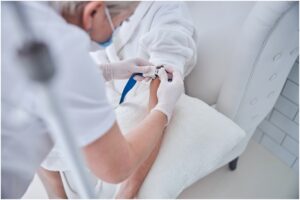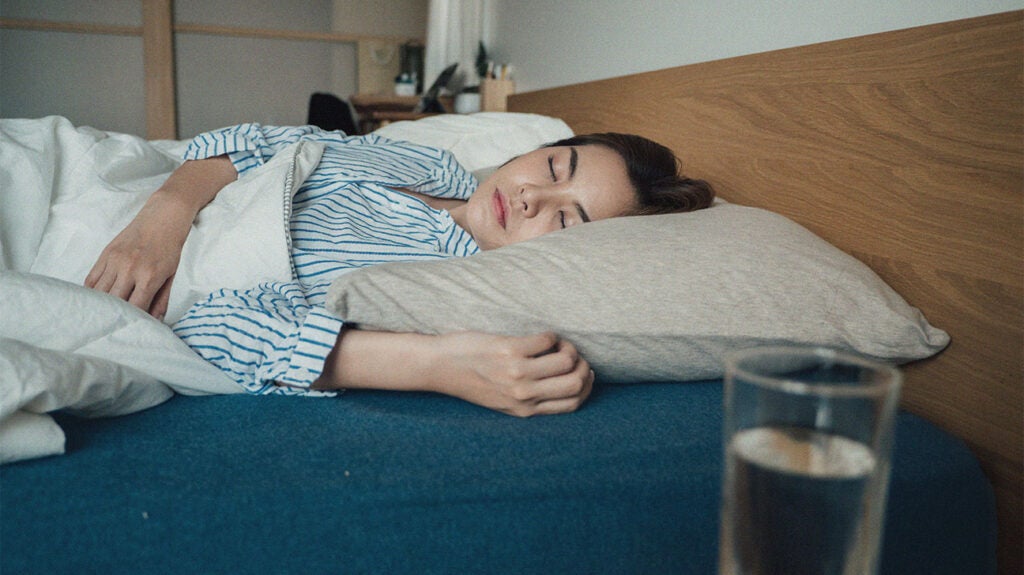Table of Content
TMS and CBT are both effective for depression. How about combining both Transcranial Magnetic Stimulation plus Psychotherapy?

The device can be used whenever and wherever you need relief. Another major selling point of at-home TMS equipment is the price. Most devices sell for $100-$200, which is more affordable than paying for individual TMS sessions over the course of several months. But as we all know, decrease in cost doesn’t always provide the same quality and benefits. Transcranial magnetic stimulation has been used to successfully treat people with resistant forms of depression. After a full course of TMS treatment, most patients will experience improved symptoms for 6-12 months.
Advantages of TMS Therapy
The increase was primarily driven by the ongoing build out of the U.S. team and commercial infrastructure and included €0.4 million of non-cash impacts related to share-based compensation programs. Operating loss for third quarter of 2022 was €2.1 million compared to an operating loss of €1.9 million in the third quarter of 2021. Excluding the impact of the non-cash share-based compensation, operating loss for Q3, 2022 would have been €1.7 million compared to an operating loss of €0.9 million in Q3, 2021. Net income for the third quarter of 2022 was breakeven or €0.00 per diluted share as compared to a net loss of €1 million or €0.03 per diluted share in the year ago period. As of September 30, 2022, the company held cash, cash equivalents and short-term - investment of €68.3 million or USD66.8 million as compared to €47.2 million or USD53.4 million as of December 31, 2021.

The FDA has approved TMS as a treatment for depression and OCD. During treatment, they administer high frequency TMS at about 10 Hertz. This treatment delivers more than 3,000 pulses within about 37 minutes, although the exact session duration may vary.
TMS Devices Review
If you’re a medical practitioner and ready to refer your patient to us, please use the Referral Form. You may use this Enquiry Form to ask us about our referral process. After each treatment, you can return to your normal activities, including work and driving. Sessions last around 40 minutes and are usually each weekday for 4-6 weeks. Outpatient treatment allows you to stay at home with family and friends during treatment rather than being admitted to hospital. However, it should be noted that TMS is a relatively new treatment and research into long-term effects is on going.

Continual monitoring means we can actuallyseehow your brain is improving over time, and we can take steps to optimize your treatment along the way. As a one-size-fits-all treatment, at-home brain stimulation just can’t compare. The effect of repetitive transcranial magnetic stimulation on spasticity in patients with multiple sclerosis. It’s worth noting that depression and chronic pain often occur together. Depression can worsen chronic pain, so TMS may help by treating depression symptoms.
What is TMS brain stimulation?
Unlike vagus nerve stimulation or deep brain stimulation, rTMS does not require surgery or implantation of electrodes. And, unlike electroconvulsive therapy , rTMS doesn't cause seizures or require sedation with anesthesia. This treatment for depression involves delivering repetitive magnetic pulses, so it's called repetitive TMS or rTMS. Other companies promote their devices as being useful for a variety of ailments.

At Pulse, we accept most major insurance providers, but for someone who doesn’t have insurance, clinical TMS might not be an option. Another study was even more encouraging, with almost two thirds of patients showing no symptoms of depression a full year after treatment. TMS side effects are also minimal, which means that – compared to antidepressants – fewer patients need to stop treatment before it has a chance to work. A recent article in the publication healthcare business highlighted the financial success hospitals have led by incorporating Focal One HIFU into their prostate cancer program. UCSF is a world class institution that is widely known for breakthrough clinical research and medical innovation.
What Are the Benefits of TMS Therapy?
Then, while sitting comfortably in a chair, you switch on the battery-operated device and set it to level two, which is the level that’s generally recommended to treat anxiety, depression, and insomnia. Value is always important, but the range for at home tms device is relatively narrow. We feel that the #1 model offers a great value for most people and that the #2 is great for advanced users. The included electrode pads can provide excellent self-stick performance for up to 45 uses.

If you live near a TMS clinic, the best option is to get professional treatment. Because TMS is clinically proven to reduce depressive symptoms, you can trust that you’ll get relief with regular treatment sessions. If you choose at-home tDCS therapy, there’s no guarantee that you’ll feel better, no matter how long you use the device. While TMS and tDCS treatment both aim to reduce depressive symptoms, the mechanisms are not the same.
Patients with any type of non-removable metal on the head should not receive RTM. It’s a noninvasive treatment that uses electromagnetic pulses to stimulate nerve cells, which may improve symptoms of neurological or mental health disorders. Transcranial magnetic stimulation is a noninvasive, outpatient treatment for depression. It uses an “electromagnetic coil” — a device that produces magnetic energy — to stimulate nerve cells in the part of the brain that controls mood.
It’s an outpatient procedure, so it may be done in a medical clinic. If it’s done in a hospital, you won’t need to stay overnight. TMS is safe when used by experienced clinicians who follow strict protocols. Some side effects include headache, neck soreness, dizziness, feeling tired, paresthesia around the mouth or face, and vision problems. Rare but serious side effects include stroke, seizure, and temporary paralysis. Although at-home tDCS therapy is appealing, it shouldn’t be viewed as a quick cure or a reason to avoid other professional treatments, including talk therapy.

No comments:
Post a Comment